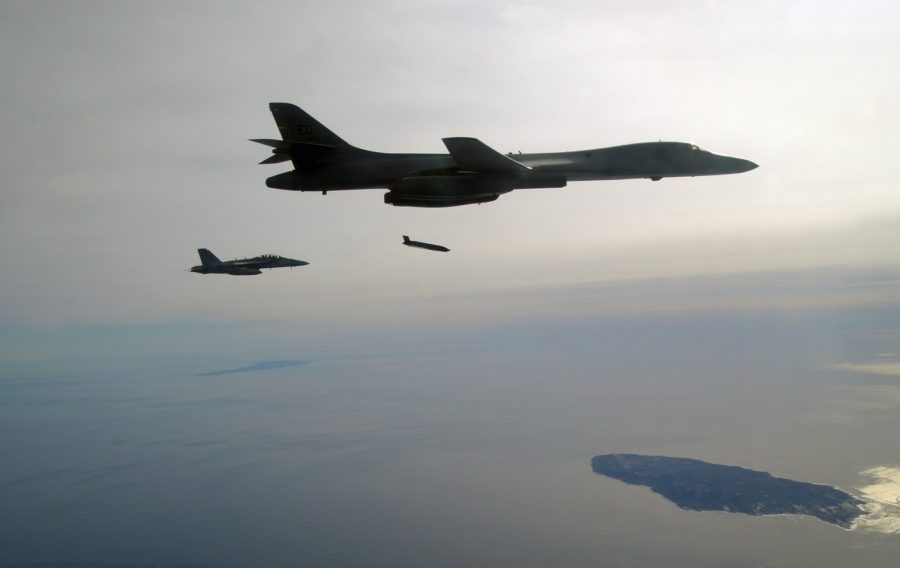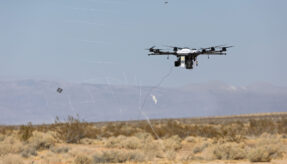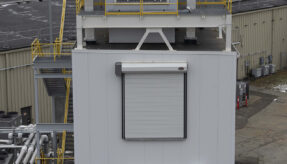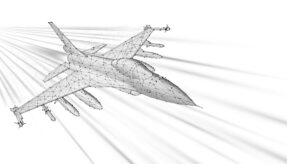
Lockheed Martin has successfully fired production-configuration Long Range Anti-Ship Missiles (LRASM) from a US Air Force B-1B bomber.
The test over the Sea Range at Point Mugu, California, saw B-1B aircrew simultaneously launched two LRASMs against multiple maritime targets, meeting the primary test objectives, including target impact.
LRASM is designed to detect and destroy specific targets within groups of ships by employing advanced technologies that reduce dependence on intelligence, surveillance and reconnaissance platforms, network links and GPS navigation in electronic warfare environments.
It is envisaged that LRASM will play a key role in ensuring military access to operate in open ocean/blue waters, due to its enhanced ability to discriminate and conduct tactical engagements from extended ranges.
It is designed to fulfil the requirements of US Navy and Air Force warfighters in contested environments. The air-launched variant provides an early operational capability for the US Navy’s offensive anti-surface warfare Increment I requirement to be integrated onboard the U.S. Air Force’s B-1B in 2018 and on the US Navy’s F/A-18E/F in 2019.
David Helsel, LRASM Program Director at Lockheed Martin Missiles and Fire Control: “This continued success with LRASM provides confidence in its upcoming early operational capability milestone, putting a proven, unmatched munition into the U.S. Navy and U.S. Air Force inventories.
“The successful flight demonstrates LRASM’s continued ability to strengthen sea control for our forces.”
If you would like to join our community and read more articles like this then please click here.







